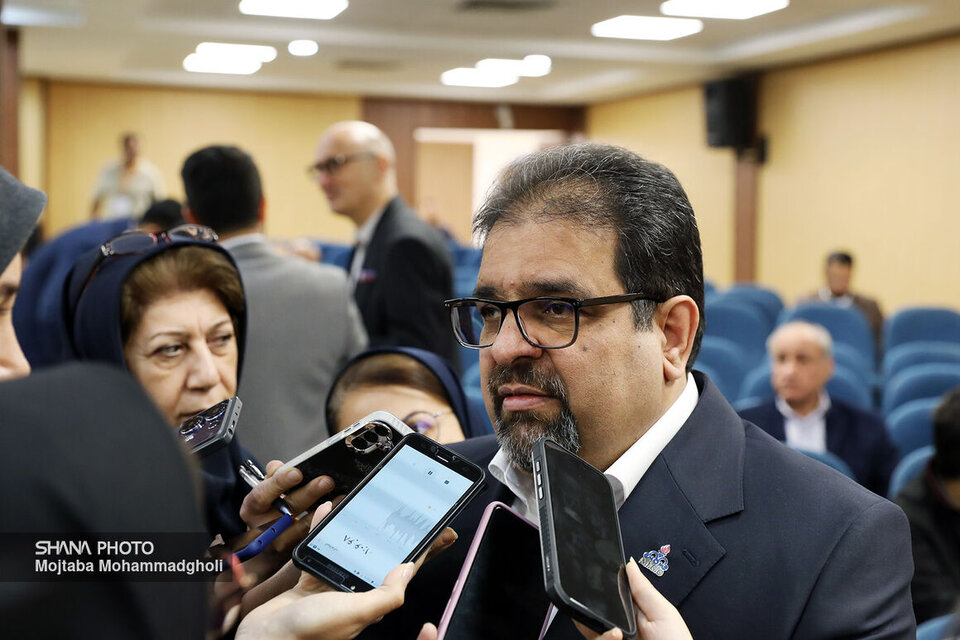Speaking to reporters on the sidelines of the International Conference on Investment and Financing in the Oil, Gas, and Petrochemical Industries on Monday, Saeed Tavakoli said the goal of the plan is not to raise prices but to adjust and rationalize tariffs based on fairness. “Only a small percentage of high-consumption customers in the fourth tier will see a change in their rates, while about 90% of people will experience no increase at all,” he said.
Tavakoli added that gas tariffs were previously calculated based on five climate zones, but the classification has now expanded to about 1,300 climatic regions to more accurately and equitably reflect average consumption in each city. He said the number of tariff tiers has also been reduced from 12 nonstandard levels to four standard ones, meaning only about 2% of high-use subscribers will face an increase.
According to Tavakoli, the tariff reform is just one part of a broader Cabinet resolution. Under the other provisions, government agencies are required to cut gas consumption by 20% compared with the 2022 level and maintain office temperatures at around 20 degrees Celsius. The decree also mandates compliance with national building codes and uses the five-year average consumption pattern as the new benchmark.
He emphasized that the details of the reform will soon be publicly announced to ensure transparency and proper communication. “Based on estimates, 75% of customers recorded consumption below 10,000 units in their October bills, showing that most citizens are within the standard consumption range,” Tavakoli said. “The recent adjustments primarily target high-consumption users.”


Your Comment